Last Updated on June 17, 2025 by Team Ideas24

Step 6: This is a pretty simple structure. Use 2×6 lumber, but 2x4s should work fine too and will be a little lighter. My side pieces are 34 inches long and the ends are 19 inches long which leaves a gap of 16 inches in the middle.
Note that one end needs to be ripped down 2.5 inches lower than the other because the drum needs to overrun the box slightly so that the coarse materials spill out of the drum. If you use 2x6s (1.5 x 5.5) your spillway end piece will be 3 inches wide. If you are using 2x4s (1.5×3.5) then your end piece will be one inch wide.
If you use different size rims then you will need to modify the dimensions to accommodate your particular arc.
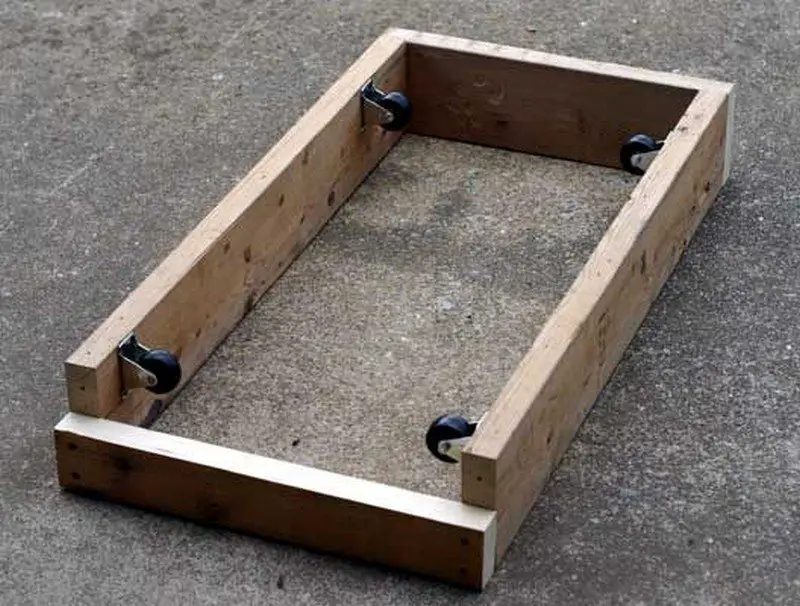
Step 7: To align your rollers place the finished drum onto the roller box and then mark your roller positions. You may want to attach the rollers first with simple drywall screws to test their positioning and then drill and bolt them later once you are happy with the alignment.
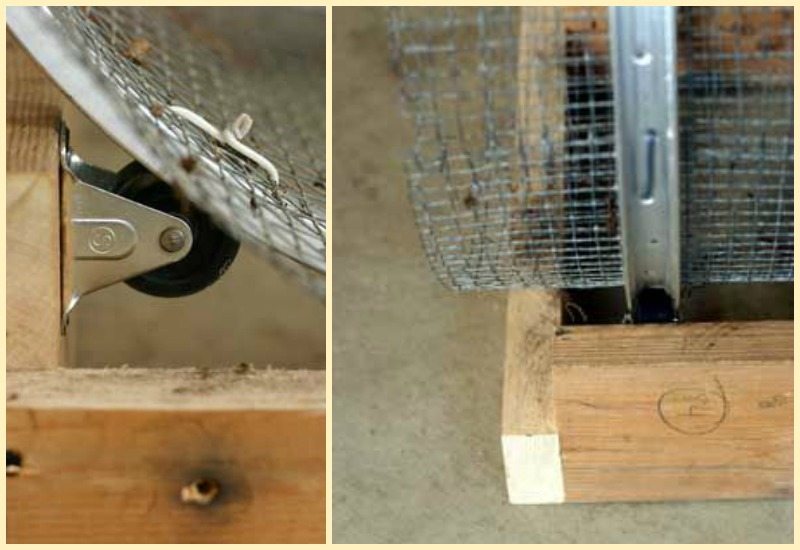
Step 8: Once the roller box is complete you are ready to try the trommel out. Just make sure the output side of the trommel is slightly downhill from the input side.
If you have a large quantity of material to screen you may want to find a buddy who will keep turning the drum while you continue shoveling material.
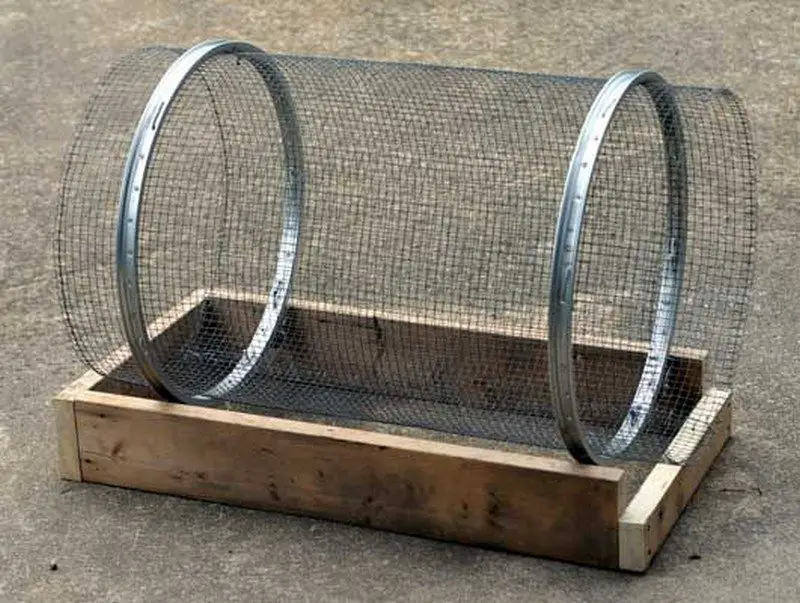
You may find that if you pile a couple of shovelfuls of material in the uphill end of the drum some of the coarse material tends to spill uphill and out of the drum. To solve this problem make a simple partition out of plywood to prevent this from happening. It will not be a problem when operating the trommel with a buddy since the material will not build up into such a large pile as you have when working alone.
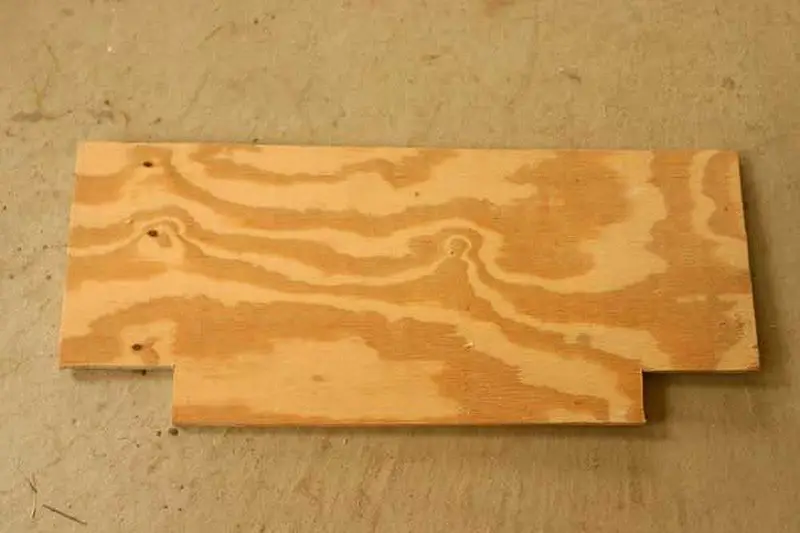
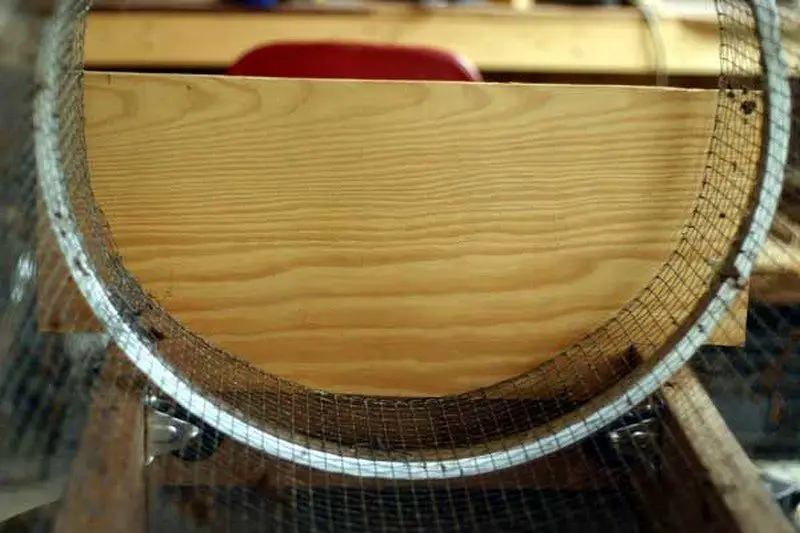
This is indeed very simple equipment that would help an average gardener make compost. You could copy this project as it is or you can use it as inspiration. Be creative, look around you. What do you have in your garage or storage you think you could use to make compost? Would you build your own compost sifter?
A big shoutout goes to SteveGerber for providing invaluable insights and tips for this fantastic compost sifter project!
Contents
Compost Sifter Gallery
Click on any image to start the lightbox display. Use your Esc key to close the lightbox. 8-)

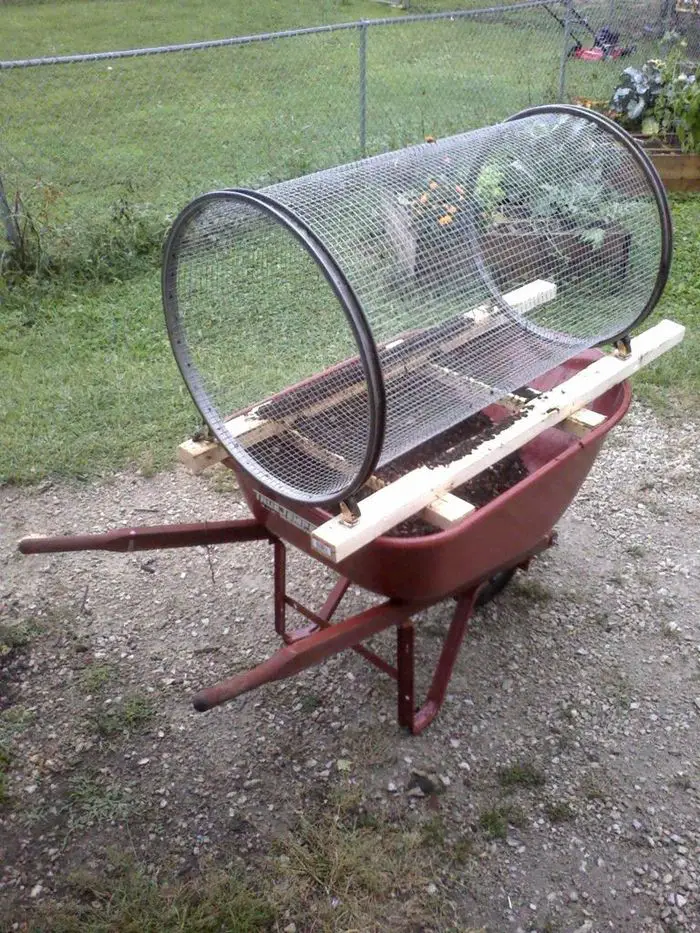
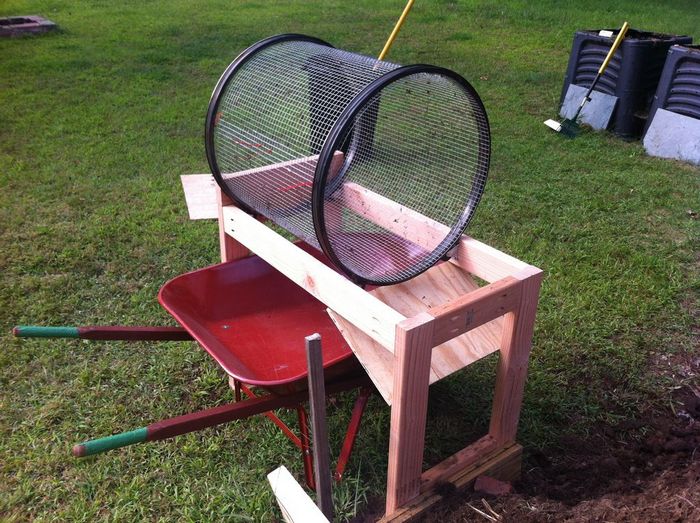

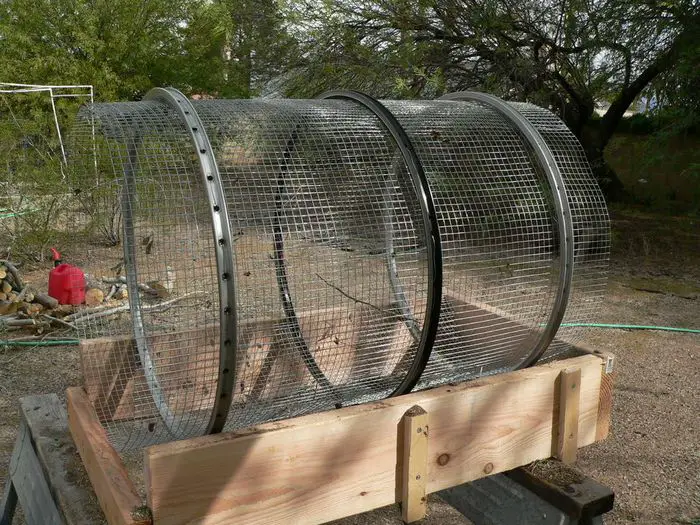
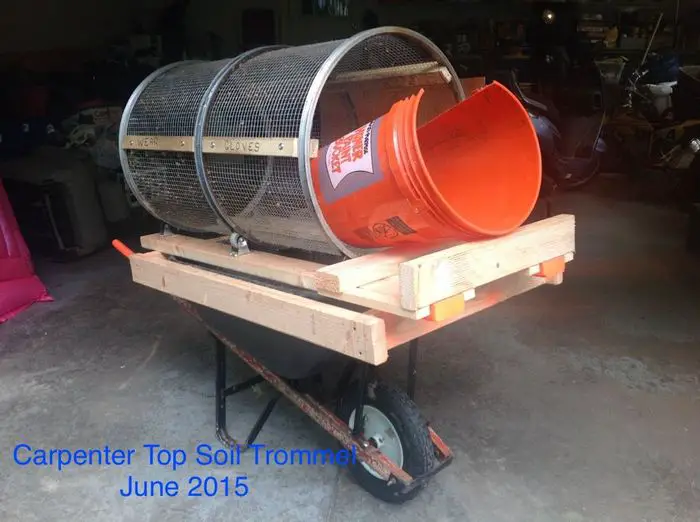
Benefits of a Compost Sifter Beyond Just Compost
A compost sifter refines your compost into a consistent, fine texture. It saves time and effort by removing large debris before application.
Enhanced Soil Texture and Structure
A compost sifter produces uniform compost particles that mix evenly into garden beds. This consistency boosts soil aeration. Roots can expand more easily. Improved drainage follows as excess water drains faster. Plants enjoy a loamier medium that supports vigorous growth. Your beds will hold moisture without becoming waterlogged.
Weed Seed Removal and Disease Prevention
Using a compost sifter helps capture unbroken weed seeds that still survive in your pile. This step prevents those seeds from spreading in your garden. It also filters out bits of diseased plant material. Removing such fragments reduces the risk of fungal or bacterial outbreaks. Clean compost promotes healthier plants over the season.
Versatile Garden Applications
A compost sifter is not just for compost. You can use it to sort mulch and remove rocks. It excels at cleaning topsoil before potting or seed starting. Many gardeners employ one when mixing custom soil blends for containers. The same tool screens leaf mold or dried leaves for mulch. Versatility makes it indispensable for diverse garden chores.
Cost Savings and Sustainability
Building a DIY compost sifter from upcycled parts cuts equipment costs dramatically. You avoid pricey motorized alternatives. Over time you recover your investment through savings on store-bought soil amendments. Less waste goes to the landfill when you reuse scrap materials. This eco-friendly approach aligns with green gardening principles.
Choosing the Right Screen Mesh Size for Your Needs
Picking the right mesh size is key to a high-functioning compost sifter. You can control final particle size for specific garden tasks.
Mesh Material and Durability
Steel and galvanized wire cloth resist corrosion from damp compost and soil. Stainless options last the longest but cost more upfront. Durable mesh keeps its shape under repeated use. Avoid cheap plastic screens that sag or tear easily. A robust mesh delivers consistent performance year after year.
Particle Size and Garden Goals
Finer mesh yields smooth compost that mixes well into potting soil or seed-starting mixes. Coarser mesh works best for bulk mulch or rough garden soils. Consider your primary use before choosing. Finer screens remove more material but require more effort to turn. Coarser options balance speed and refinement for general garden beds.
Balancing Throughput and Precision
A very fine screen produces premium compost but slows down sifting. Too coarse, and you miss small debris that clogs soil. Test a few mesh sizes to find your sweet spot. To speed processing, you might use dual layers or a coarse screen inside a finer one. This setup combines fast removal of large chunks with final fine screening.
Customizing Mesh for Seasonal Use
In early spring you may want fine compost for seed trays and transplants. Late season you might prefer coarser screening for mulching. Swap mesh panels on your compost sifter as your tasks change. A quick panel replacement keeps the tool versatile. Plan for at least two mesh grades to cover all gardening seasons.
Testing Mesh Performance in the Field
Load a small batch of compost into your sifter and time a full rotation cycle. Note how quickly fine compost drops through the screen versus debris removal. Adjust your technique or mesh choice based on those results. Repeat tests with varying moisture levels, since damp compost behaves differently. Field testing ensures your compost sifter meets real-world needs.
Gardener’s DIY Dream
Create a compost sifter in just eight easy steps and transform your gardening experience. This DIY project will help you efficiently separate valuable compost from larger debris, enhancing the quality of your soil and promoting sustainable gardening practices.
This step-by-step guide makes DIY-ing your very own a breeze. You’ll be able to effortlessly piece together a functional compost sifter with hassle-free instructions. In practically no time at all, you’ll be able to enjoy the remarkable advantages of nutrient-rich compost, which will undoubtedly breathe new life into your gardening endeavours.
Bid farewell to the laborious task of hand-sifting or shelling out a hefty sum for a motorized sifter. Instead, say hello to an efficient and gratifying composting venture with this DIY compost sifter!
For more ways of creating compost from waste, check out our double-decker drum composter project!




